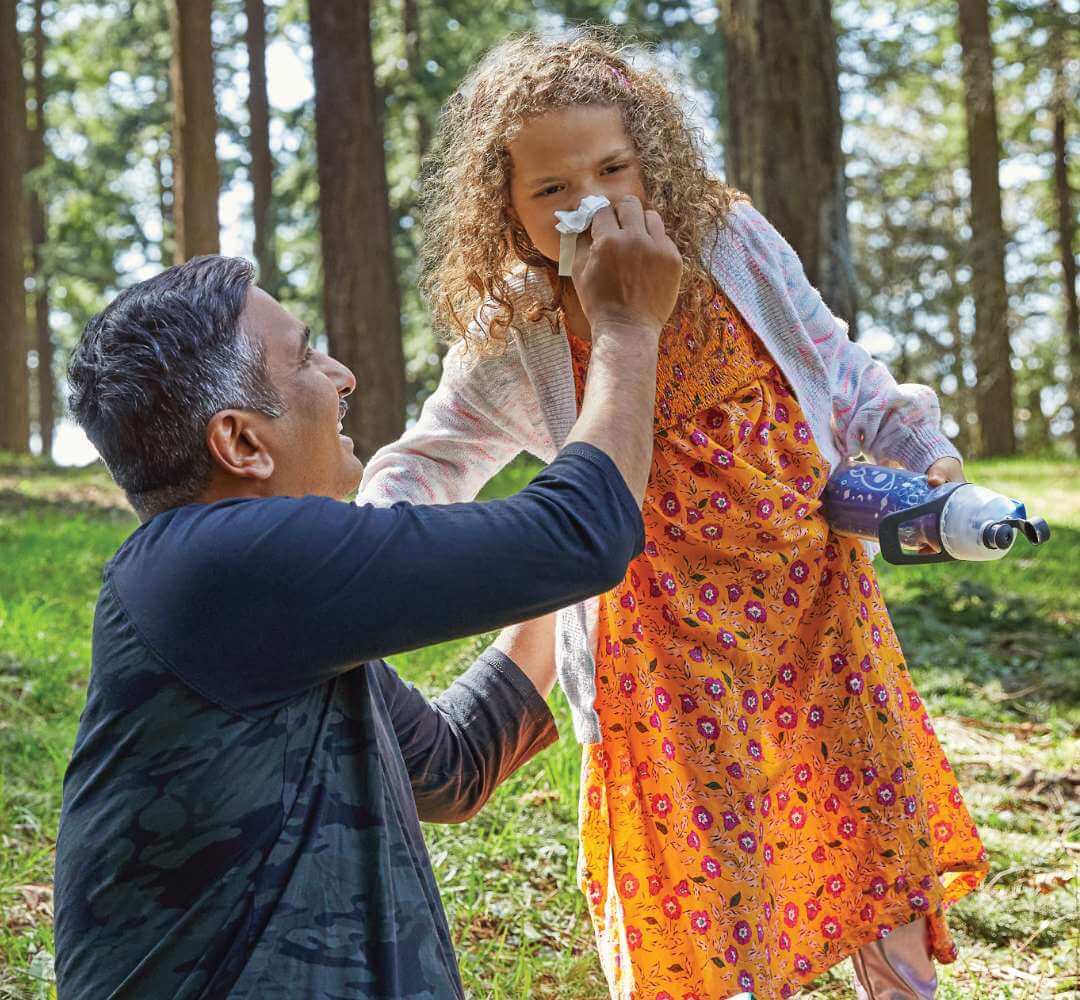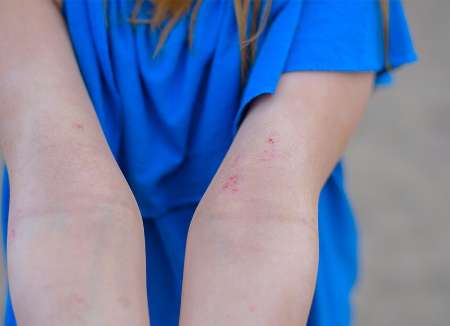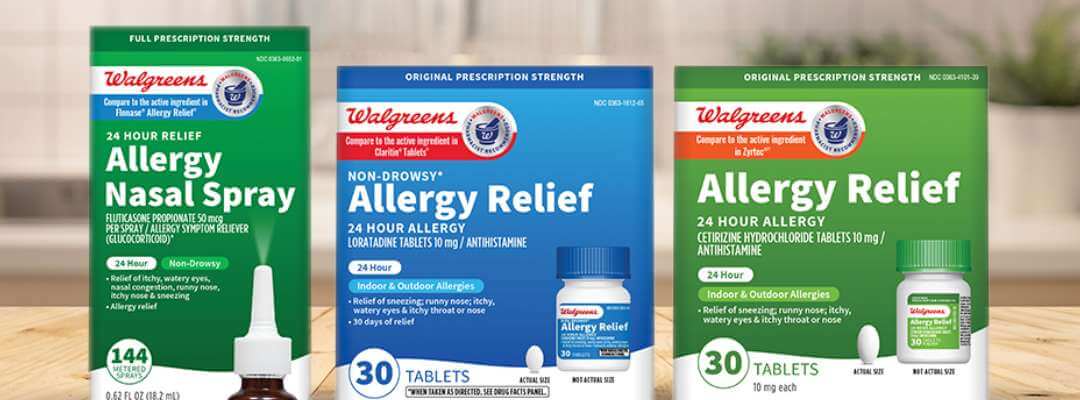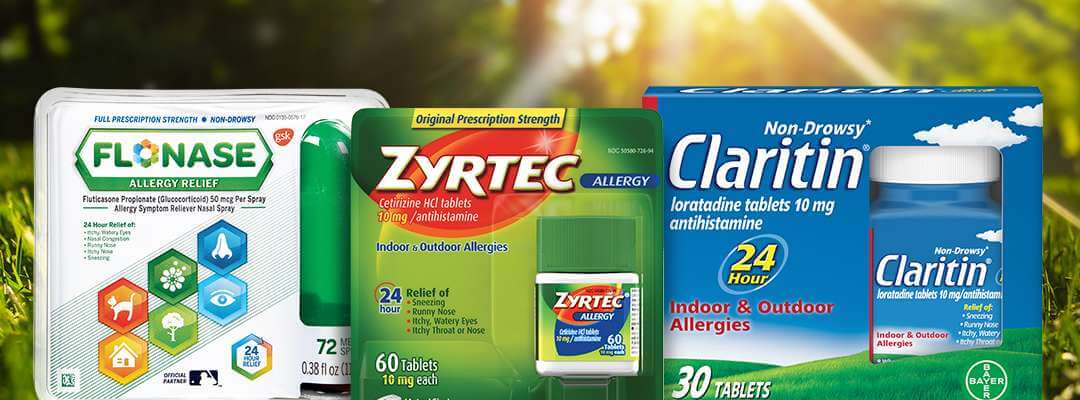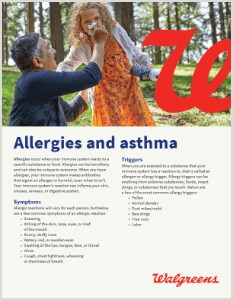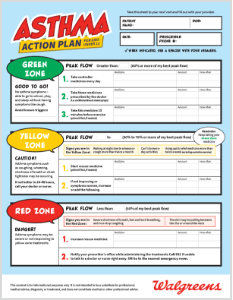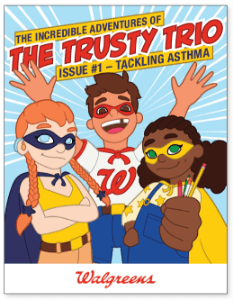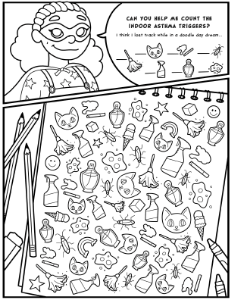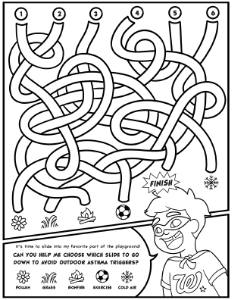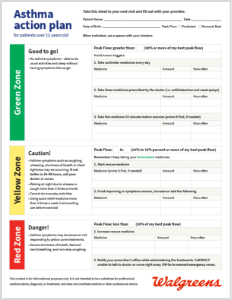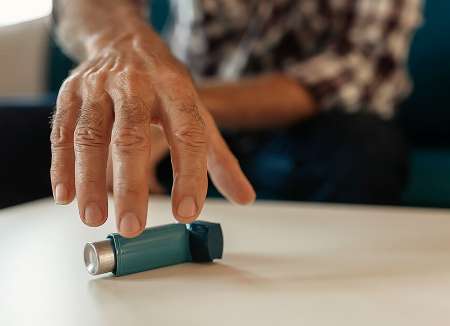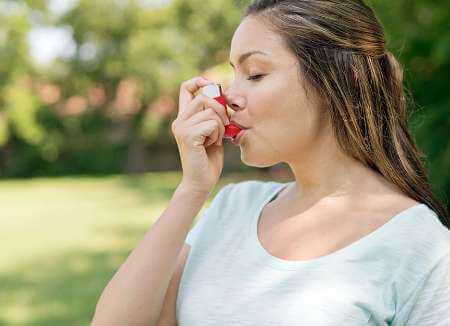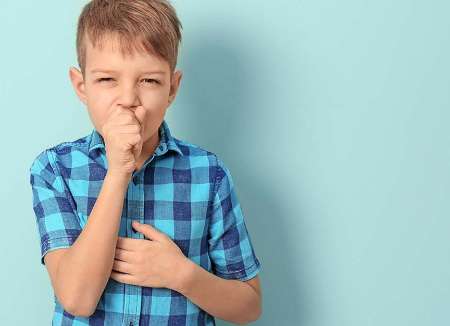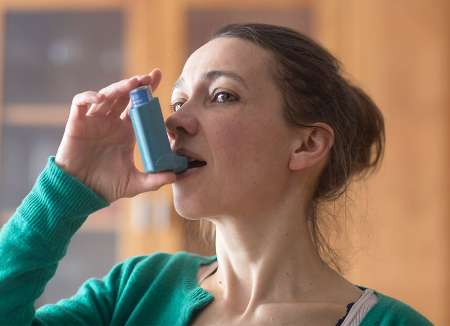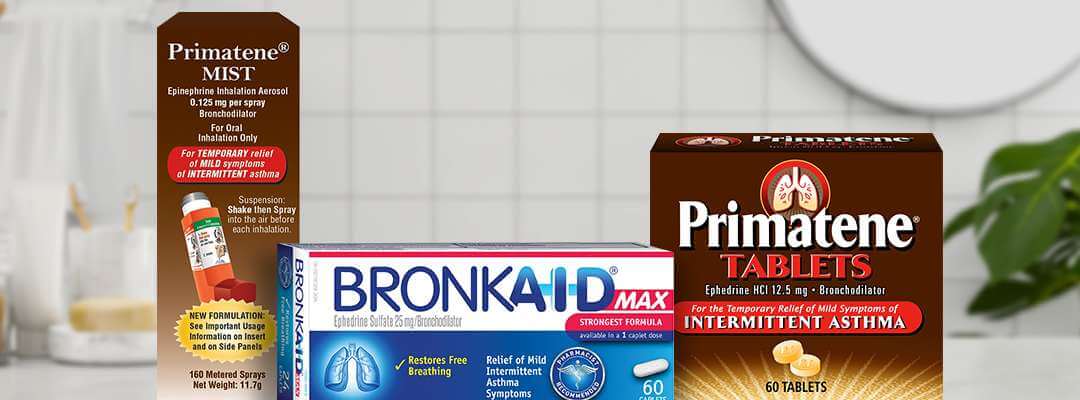Asthma, Allergy & Respiratory Health Information | Walgreens
We have what you need to
breathe easier
Allergies, asthma or chronic obstructive pulmonary disease (COPD)? Get answers to your questions, plus expert advice, in-store services and recommended solutions.

Allergies explained
Is it allergies? From spotting symptoms to dealing with your diagnosis, we’re here to help.
- What are allergies?Allergies are an immune system response to specific substances or foods called allergens. When you have allergies, your immune system makes antibodies that signal an allergen is harmful, even when it isn’t. Your immune system’s reaction can inflame your skin, sinuses, airways, eyes, or digestive system. Allergies can be hereditary and are unique to everyone.
- What is anaphylaxis and what are common symptoms?Anaphylaxis is a life-threatening severe allergic reaction. Seek immediate care if you experience any of the following common symptoms:
- Swelling of the lips, tongue, face, or throat
- Chest tightness, wheezing, coughing or shortness of breath
- Dizziness and fainting
- Flushing of the skin
- Itching all over with hives
- Rapid heartbeat
- How are allergies prevented?
The best way to avoid allergies is to learn more about your allergies and avoid known allergensOpens PDF in a new tab. Keep a diary to track your activities, what you eat, when symptoms occur, and what seems to help manage your allergic response.
- How are allergies treated?Symptoms of allergies vary for every individual. A variety of medications are available over the counter or by prescription only to treat and prevent these symptoms. A brief list of some common types of medications that may be used is provided here.
AntihistaminesOpens PDF in a new tab reduce or block the effects of histamine produced by your body during an allergic reaction.
Nasal decongestantsOpens PDF in a new tab provide a quick but temporary relief of sinus and nasal congestion.
- Corticosteroids suppress allergy-related inflammation.
- Epinephrine shots are used to treat sudden, life-threatening allergic reactions, also known as anaphylaxis or anaphylactic reactions.
How can you tell the difference between
seasonal allergies and a cold?
Seasonal allergies and colds are both common and share similar symptoms,
such as a runny and stuffy nose.
| Cold | Allergies |
|---|---|
| Cough: Usually | Cough: Sometimes |
| Fever: Sometimes | Fever: Never |
| Sore throat: Usually | Sore throat: Rarely |
| Itchy eyes: Rarely | Itchy eyes: Usually |
| Aches and pains: Sometimes | Aches and pains: Never |
| Runny/stuffy nose: Usually | Runny/stuffy nose: Usually |
| Sneezing: Usually | Sneezing: Usually |
What are common allergy triggers?
A few of the most common allergy triggers include:
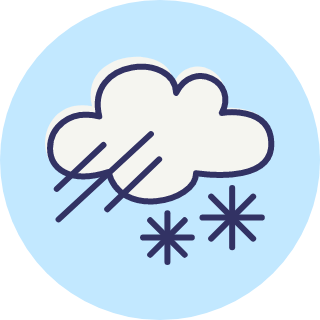
Sudden changes in weather
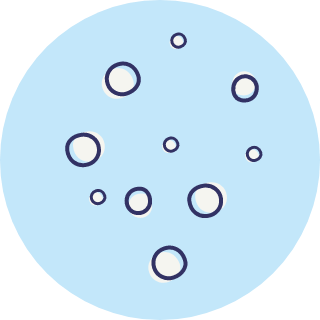
Airborne allergens
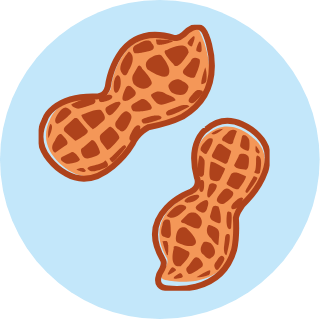
Foods
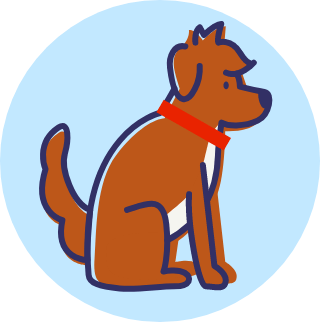
Pets
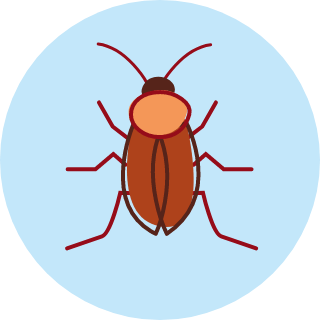
Insects
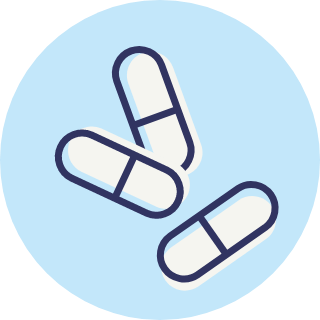
Drugs
What are common allergy symptoms?
The most common allergy symptoms include:
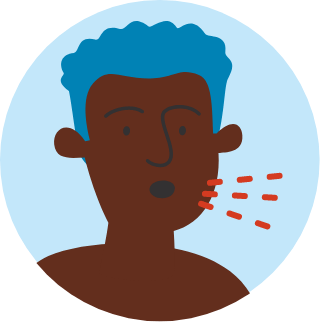
Sneezing
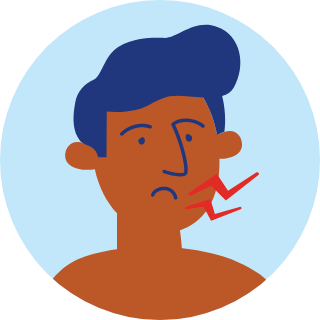
Itching of the skin, nose, eyes, or roof of the mouth
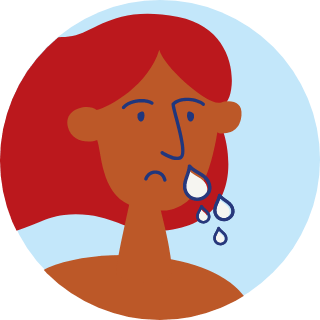
Runny or stuffy nose
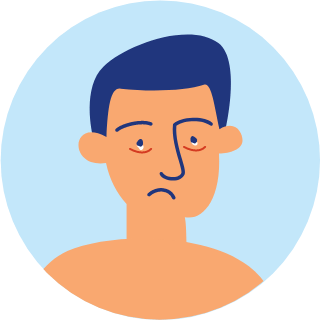
Watery, red, or swollen eyes
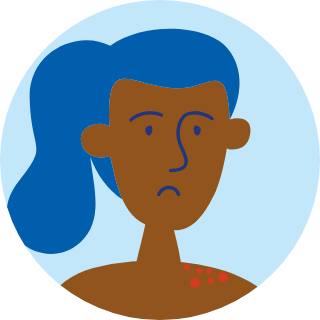
Rashes
Features & articles
 Opens a simulated dialogReal customer, real resultsHow Walgreens allergy nasal spray helps keep runny noses from getting in the way.Watch now
Opens a simulated dialogReal customer, real resultsHow Walgreens allergy nasal spray helps keep runny noses from getting in the way.Watch now Opens a simulated dialogStay ahead of your symptomsItchy eyes? Find out how to stop allergy symptoms before they start.Watch now
Opens a simulated dialogStay ahead of your symptomsItchy eyes? Find out how to stop allergy symptoms before they start.Watch now
Related articles

Navigating childhood and adult asthma
Find articles, activities and recommended solutions to help you better understand asthma diagnosis and treatment.
- What is asthma?Asthma is a chronic health condition that can cause the airways to become inflamed, narrow and sensitive, which can make it hard to breathe.
- What are some common symptoms of asthma?Symptoms of asthma can be mild to severe in nature. Some common symptoms of asthma include chronic coughing, wheezing, shortness of breath and chest tightness.
- What are the progressive signs and symptoms of an asthma attack?
It’s important to recognize the signs and symptoms of an asthma attackOpens PDF in a new tab early before it becomes more severe.
- Early warning signs
- Dark circles under eyes
- Tiredness
- Signs of an asthma attack
- Trouble breathing or shortness of breath
- Tightness in chest
- Coughing/wheezing
- Severe signs of an asthma attack
- Shortness of breath with difficulty walking or talking
- Confusion
- Blue fingernails or lips
- Early warning signs
- What inhaler medications are available for asthma?Medications do not cure asthma; however, they do improve symptoms if the right medication is taken at the right time. Asthma symptoms may be treated and/or controlled with the following types of inhalers:
- Rescue inhalers (quick relief medications)
- What they do: Relax the tightened airway muscles to open the lungs and allow more air to flow through.
- When to use: At the first sign of any asthma symptoms, during symptom flare ups, emergencies or before exercise.
- Why to use: For immediate relief of symptoms and to stop asthma symptoms before they become worse.
- Maintenance inhalers (long-term control medications)
- What they do: Reduce swelling and mucus in the airway.
- When to use: Every day as a controller medicine regardless of symptoms.
- Why to use: To protect the lungs and help prevent asthma attacks.
Nebulizer solutions may also be considered to treat and/or control asthma. Your healthcare provider and pharmacist can help you determine an appropriate medication regimen that may work best for you.
- Rescue inhalers (quick relief medications)
What are asthma attack triggers?
A few of the most common triggers include:

Sudden changes in weather
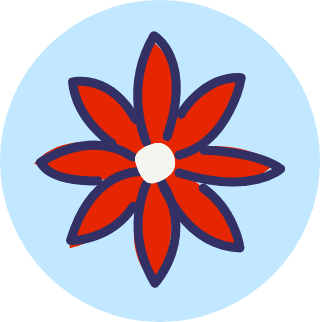
Pollen
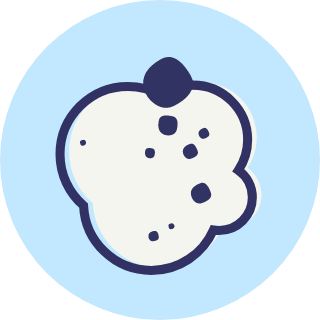
Dust
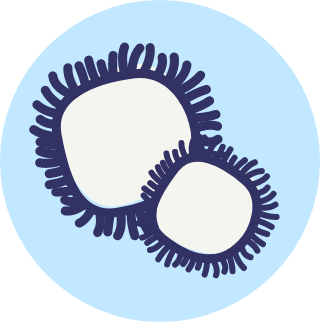
Molds

Pet dander
Related articles
Understanding COPD
Millions of Americans experience COPD symptoms. Find out how to best manage your condition from common treatments to avoiding exacerbations.
- What is COPD?Chronic Obstructive Pulmonary Disease, more commonly known as COPD, refers to a group of lung diseases that restrict airflow and cause breathing related problem in patients. COPD include two lung disorders, chronic obstructive bronchitis and emphysema.
- How is COPD diagnosed?To diagnose COPD, your doctor will review your signs and symptoms, discuss your family and medical history, and discuss any exposure you’ve had to lung irritants. Your doctor may also order several tests to diagnose COPD, including a pulmonary (lung) function test, chest x-ray, CT scan, arterial blood gas analysis and laboratory tests.
- What are the common treatments for COPD?Common treatments for COPD consist of:
- Discontinuing smoking
Medications such as inhalers
- Pulmonary Rehabilitation
- Portable oxygen tanks
- How can untreated COPD affect me?Untreated COPD can lead to a decreased ability to breathe over time, heart problems, higher susceptibility of respiratory infections, pulmonary hypertension, depression (linked to a decrease in activity), lung cancer and reduced life expectancy.
What are the symptoms of COPD?
Some of the most common symptoms of COPD:
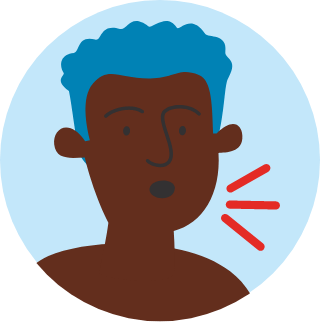
Frequent coughing and/or wheezing
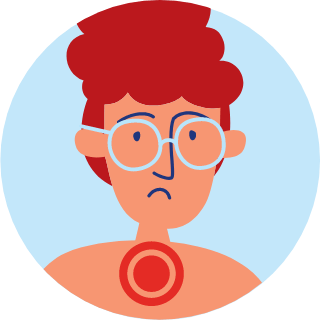
Trouble taking a deep breath
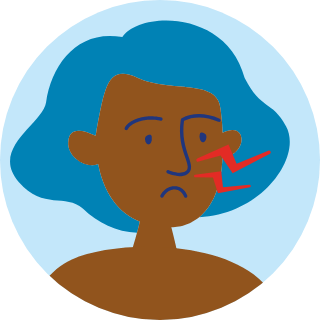
Phlegm or mucus buildup
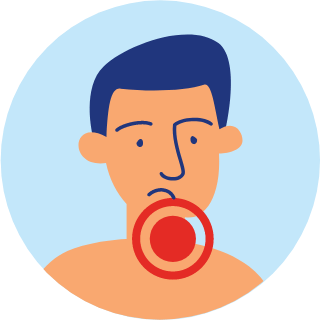
Shortness of breath
Related articles
Breathe easy
Follow our helpful demonstration videos for proper inhaler techniques.
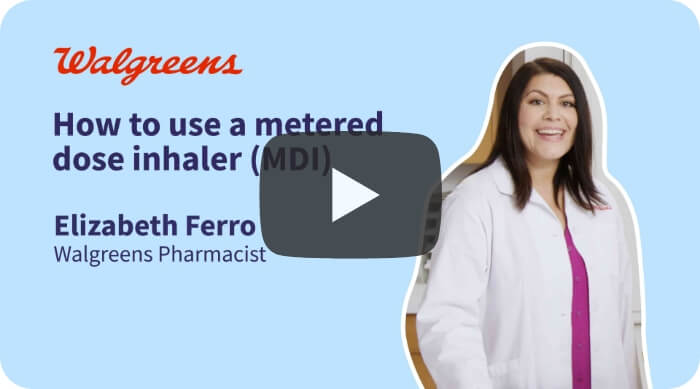 Opens a simulated dialogHow to use a metered dose inhaler (MDI)First time using a respiratory inhaler? We’re here to help.Watch now
Opens a simulated dialogHow to use a metered dose inhaler (MDI)First time using a respiratory inhaler? We’re here to help.Watch now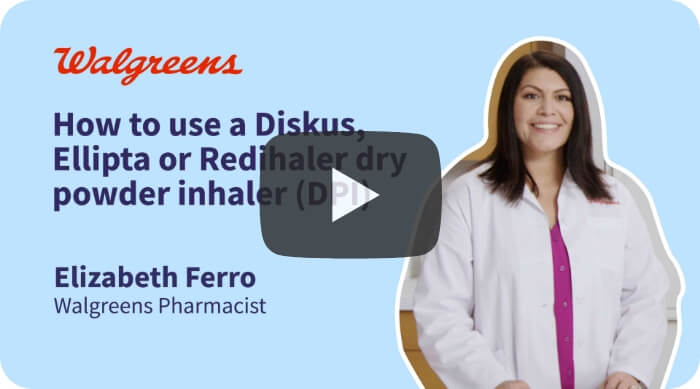 Opens a simulated dialogHow to use a Diskus, Ellipta or Redihaler dry powder inhaler (DPI)Follow this simple video tutorial to learn how to use your new DPI.Watch now
Opens a simulated dialogHow to use a Diskus, Ellipta or Redihaler dry powder inhaler (DPI)Follow this simple video tutorial to learn how to use your new DPI.Watch now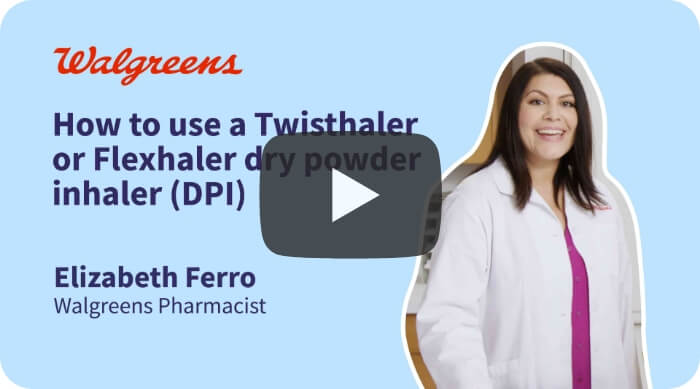 Opens a simulated dialogHow to use a Twisthaler or Flexhaler DPIGet started with your DPI today with helpful how-to tips.Watch now
Opens a simulated dialogHow to use a Twisthaler or Flexhaler DPIGet started with your DPI today with helpful how-to tips.Watch now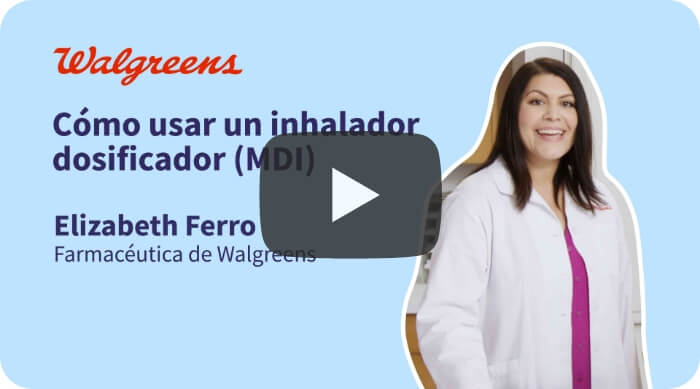 Opens a simulated dialogCómo usar un inhalador dosificador (MDI)¿Es la primera vez que usas un inhalador respiratorio? Estamos aquí para ayudarte.Ver ahora
Opens a simulated dialogCómo usar un inhalador dosificador (MDI)¿Es la primera vez que usas un inhalador respiratorio? Estamos aquí para ayudarte.Ver ahora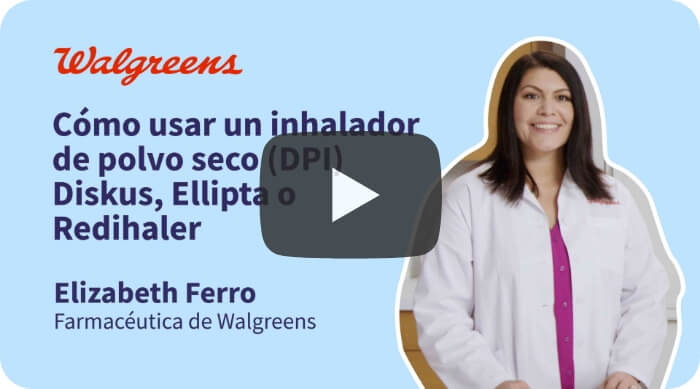 Opens a simulated dialogCómo utilizar un inhalador de polvo seco (DPI) Diskus, Ellipta o Redihaler (DPI)Sigue este útil vídeo de demostración para aprender a usar tu nuevo DPI.Ver ahora
Opens a simulated dialogCómo utilizar un inhalador de polvo seco (DPI) Diskus, Ellipta o Redihaler (DPI)Sigue este útil vídeo de demostración para aprender a usar tu nuevo DPI.Ver ahora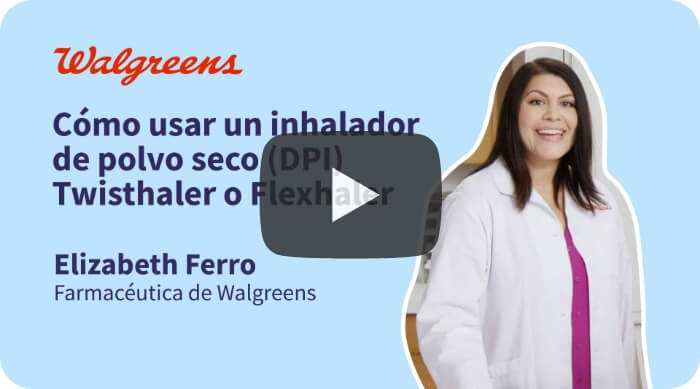 Opens a simulated dialogCómo usar un Twisthaler o Flexhaler DPIEmpieza hoy mismo con tu DPI con útiles consejos sobre cómo hacerlo.Ver ahora
Opens a simulated dialogCómo usar un Twisthaler o Flexhaler DPIEmpieza hoy mismo con tu DPI con útiles consejos sobre cómo hacerlo.Ver ahora
